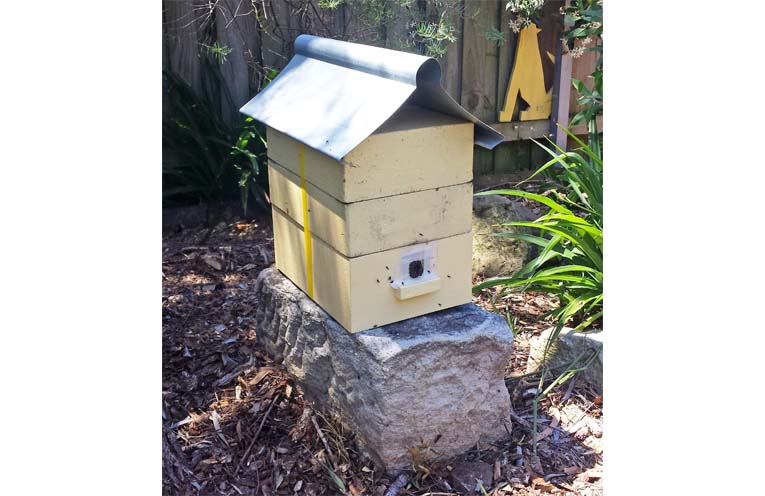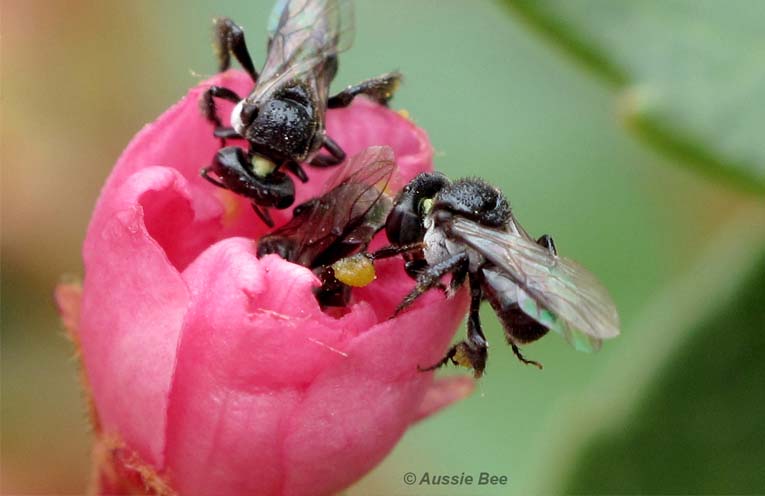
“IF you have a hive of native stingless bees in a Red Zone, you need to take action now.”
That is the advice of Dr Anne Dollin, Chair of the Australian Native Bee Association Varroa Response Subcommittee.
 Advertise with News of The Area today.
Advertise with News of The Area today.It’s worth it for your business.
Message us.
Phone us – (02) 4981 8882.
Email us – media@newsofthearea.com.au
“Your bees could soon be exposed to a very toxic pesticide, so you need to consider moving them to a safe location.”
The NSW Department of Primary Industries (DPI) is about to begin using Fipronil, a toxic pesticide, to eradicate Varroa Mites within the Red Zones in the Port Stephens area.
The Australian Native Bee Association (ABNA) fears native stingless bees within these areas will be at risk of poisoning for up to three years.
The DPI program aims to destroy feral nests of European honeybees in the Red Zones, as these nests may harbour Varroa Mites.
Strict protocols are in place to prevent native insects, reptiles, birds and mammals from accessing the Fipronil-laced sugar syrup in the DPI baiting stations.
However, according to the ABNA, the feral European honeybee nests that are killed by the baiting will contain Fipronil-contaminated honey, and this could attract native stingless bees.
The honey in the feral nests may continue to be toxic to native stingless bees for up to three years.
The ANBA provides detailed information on their website about the Varroa Mite baiting risks, with advice for stingless bee owners.
If possible, owners should consider moving their hives to a safe location outside the Red Zones for up to three years.
The ANBA has also launched a rescue program to help owners who do not have a safe place to take their hives, visit https://www.anba.org.au/varroa-response.
The ABNA says natural nests of native stingless bees are at risk of poisoning within the Red Zones too. Information for people who would like to help those nests is also available on this ANBA webpage.
“The aim of our Australian Native Bee Association campaign is to help people move their stingless bees out of the Red Zones and keep the bees safe and strong,” Dr Dollin said.
“Afterwards, when the hives are brought back, they will help repopulate the Red Zone areas.”
To read the DPI’s advice for people who keep native stingless bees in the Red Zones, visit https://www.dpi.nsw.gov.au/emergencies/biosecurity/current-situation/varroa-mite-emergency-response/wild-european-honey-bee-management
For further Information or to request help for your stingless bees, email varroa@anba.org.au.

